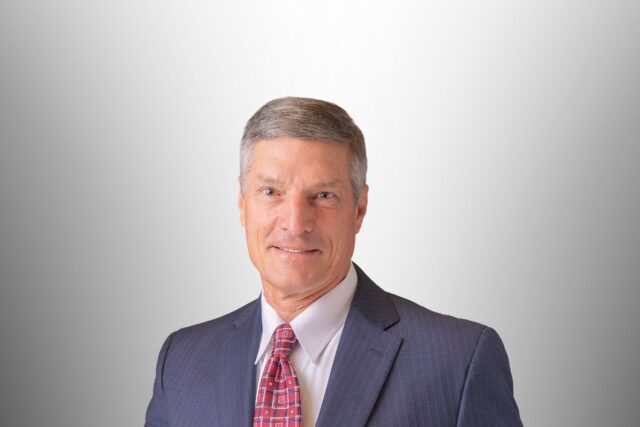Kirsty Murphy: Encouraging more women into aviation

As the first and only female Red Arrow pilot, Kirsty Murphy is understandably an inspiration to the next generation of aviators. FINN editor Hazel King caught up with her at the Brooklands Innovation Academy to find out how she’s encouraging girls to realise their full potential
Established in 2012, the Innovation Academy is part of the National Science Summer School programme and provides children aged 11-18 with a hands-on experience in the science, technology, engineering and mathematics (STEM) subjects and the job opportunities available to them.
“I was lucky – I was brought up in a family where I saw what being a pilot in the air force could be like and that is what made me want to do my career choice,” explained Murphy. “Unless young people get those kinds of opportunities to see what different carers are like and hear from people who have actually done those careers, then how are they to know it is or isn’t for them?
“I read some research that really struck me – by the time children are 16 or 17 years old, if they’ve had four meaningful engagements with employers they are 75% less likely to be NEET [not in employment, education or training]. That is only four for each child, so if I can be one of those four, I’m actually having an impact, so these events really do matter.”
Industry outreach
Despite a lot of progress being made towards a more diverse workforce in aviation, gender stereotypes do still exist and can create mental barriers for young girls when considering their career choices, according to Murphy.
“Even myself as a working mum, my eight-year-old son sees me as the person who does more of the ‘house stuff’ and looking after him than my husband, which is crazy considering what I did as my career, but that is the reality and that is what young girls see,” she commented. “So, the more you can expose younger girls to someone who is doing something different, as well as managing all the things that go along with being a female and a mum, the more they will relate to that when they’re a bit older and considering their career path.”
For Murphy, it is important that the aviation industry continues its STEM outreach programmes into all areas of education, to ensure young people are exposed to the wide variety of career options available to them.
“When I was younger, I had this slightly naïve belief that I didn’t need to promote myself as a female pilot because I thought people would get more interested and more girls would start to do it, but I have realised that isn’t going to happen unless you actually get out there and show girls they can do it,” continued Murphy.
Move into sustainability
Previously, aviation was been about noise and power, and Murphy believes that is why it was traditionally seen as attractive to men. “Aviation’s future is all about sustainability and new technologies, and that really attracts younger girls who are interested in the planet and decarbonisation,” she explained.
“That for me is the game changer – the industry is having to change and there are skills that we don’t have now because we don’t quite know what the future looks like, so that opens up the workplace to females in a way that none of us know about or can predict too much. And I think that will attract more women into the sector because there will be different options to get into it.”
With the 2050 net zero target rapidly approaching, does Murphy think we’ll achieve it if we can develop that future workforce? “That is a really difficult question! I’ll be totally honest – I don’t have enough detailed knowledge to really know whether it is achievable but let’s not just say ‘it’s not achievable therefore we just won’t bother’. Let’s do everything we can to make it as achievable as possible – there are some tremendous challenges, it is a massively ambitious target, but I would hate for us to spend our time talking about why it is not possible rather than cracking on and doing as much as we can,” she concluded.
Subscribe to the FINN weekly newsletter
You may also be interested in
Professor Brian Cox: Building the workforce of the future
















